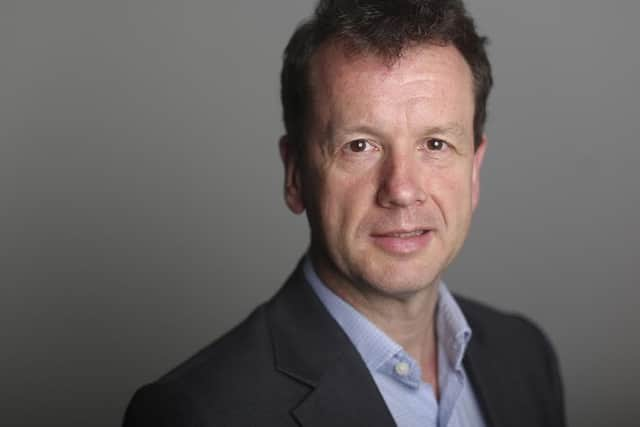Scotland’s business scene is changing for the better - Jeremy Grant
But then I started to see that some things had changed. The gravel drive was now paved, the window sashes painted a blingy matt black. And a monkey puzzle tree that I remember my parents planting at the foot of the lawn as a sapling in the late 1960s was now of Jurassic Park proportions, towering over the street below.
I’ve been having other similar experiences in the year since returning to live in Scotland, after a long career in journalism in London, Asia and the United States. Much is familiar and unchanged (starting with the Tunnock’s teacake, I’m relieved to say). But a lot’s changed, too.
Advertisement
Hide AdAdvertisement
Hide AdOne of the big changes is that the business scene seems more varied, vibrant and outward-looking. It also has global heft, thanks in part to the food and beverage sector. Much of the heavy lifting is done by whisky, of course. Figures recently out from the Scotch Whisky Association showed that Asia has just overtaken the European Union to become the drink’s biggest export market.


All in all, Scottish business feels like a richer offering that, in parts, tells a fresh, forward-looking story.
Take pureLiFi, an Edinburgh-based company that has developed a kind of mobile wireless technology that uses light, rather than radio frequencies, to transmit data. Its technology is now being used by the US Army.
Or Orbex, a Forres-based rocket manufacturer founded seven years ago that’s set to build and operate the first vertical launch site for satellites on the UK mainland (in Sutherland). Astonishingly, there are more small satellites being built in and around Glasgow than any other European city, as Ivan McKee, Scottish Minister for Business, Trade, Tourism and Enterprise, told a space convention last week in Singapore.
Then there’s the transition to a low-carbon future, clearly a huge deal for Scotland. I noticed the other day a Glasgow-based start-up called HVS that’s developing hydrogen-electric vehicles for the commercial vehicle market. An electric bus swept past me the other day on Princes Street, Edinburgh (my home these days) operated by Ember, the UK's first all-electric, intercity bus service.


The funding environment is another part of the story of change. Back in the day, there was no development bank for Scotland. Now, the Scottish National Investment Bank (armed with £2 billion over a decade) is funding exciting companies in clean energy, including Nova Energy, which in Shetland operates the largest cluster of tidal turbines in the world. Some of this, crucially, is done by co-investing with the private sector.
All this presents a fantastic opportunity for business journalism in Scotland. To be sure, this month’s news that DC Thomson, the Dundee-based publisher of the Press & Journal and Beano, was closing titles, coming after last year’s closure by publisher Reach of the print edition of Scottish Business Insider, have been reminders that this is a tough environment. But the story of change is there to be told.
Jeremy Grant is a freelance writer and editor. He was a journalist at the Financial Times and Reuters for 25 years.
Comments
Want to join the conversation? Please or to comment on this article.